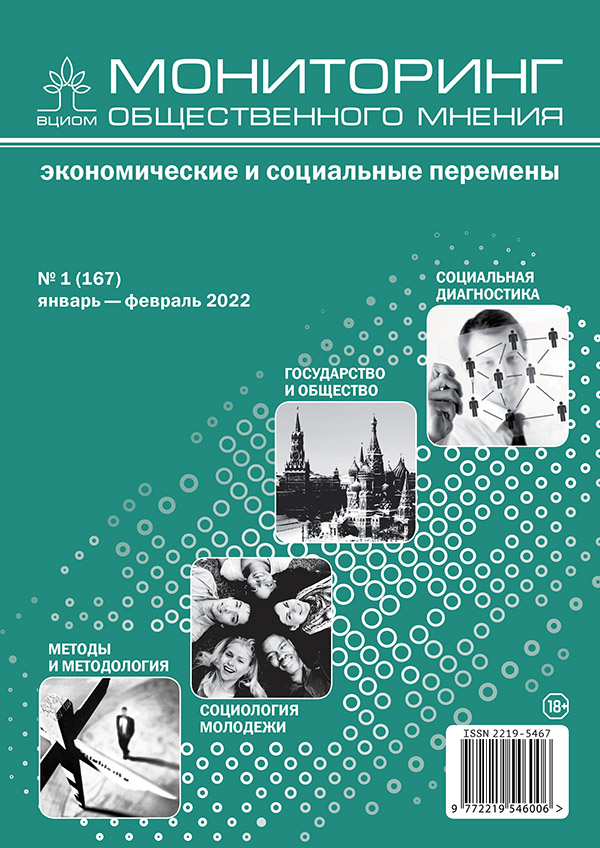Educational Trajectories of Russian Students after the 9th Grade in 2000—2017: Types of Regional Situations and Their Predictors
DOI:
https://doi.org/10.14515/monitoring.2022.1.1792Keywords:
spatial inequality, educational tracks, dynamics of regional indicators, access to higher education, regional differencesAbstract
The study examines regional differences in educational trajectories of Russian school students after 9th grade and the dynamics of these differences in 2000—2017. Over the observed period, there was an increase in regional inequality in the proportion of students who chose an academic track. Using the dynamic time warping algorithm for cluster analysis, the author of the study identifies three types of regional situations. The first type of dynamics presents a gradual decrease in the share of students on the academic track in 2000—2017. In the regions of the second type the share of students on the academic track began to decline later, in 2006. In the regions of the third type, the share of 9th grade graduates on the academic track declined sharply in 2001—2003, but then increased significantly in 2014—2016. Within the framework of the sociological theory of Pierre Bourdieu, adopted by American geographers for spatial studies, the predictors of these differences were examined in the context of two spatial concepts — indicators of the social space of students and their living environment. Depending on the indicators of the social space of students, the effects of changes in educational policy can vary, which in the long run could result in a further increase of regional socio-economic inequality.
Acknowledgements. The study was prepared within the framework of the Basic Research Program at the HSE University and supported within the framework of a subsidy by the Russian Academic Excellence Project “5-100”.
Downloads
Published
How to Cite
Issue
Section
License
Copyright (c) 2022 Monitoring of Public Opinion: Economic and Social Changes Journal (Public Opinion Monitoring) ISSN 2219-5467

This work is licensed under a Creative Commons Attribution-NonCommercial-ShareAlike 4.0 International License.






